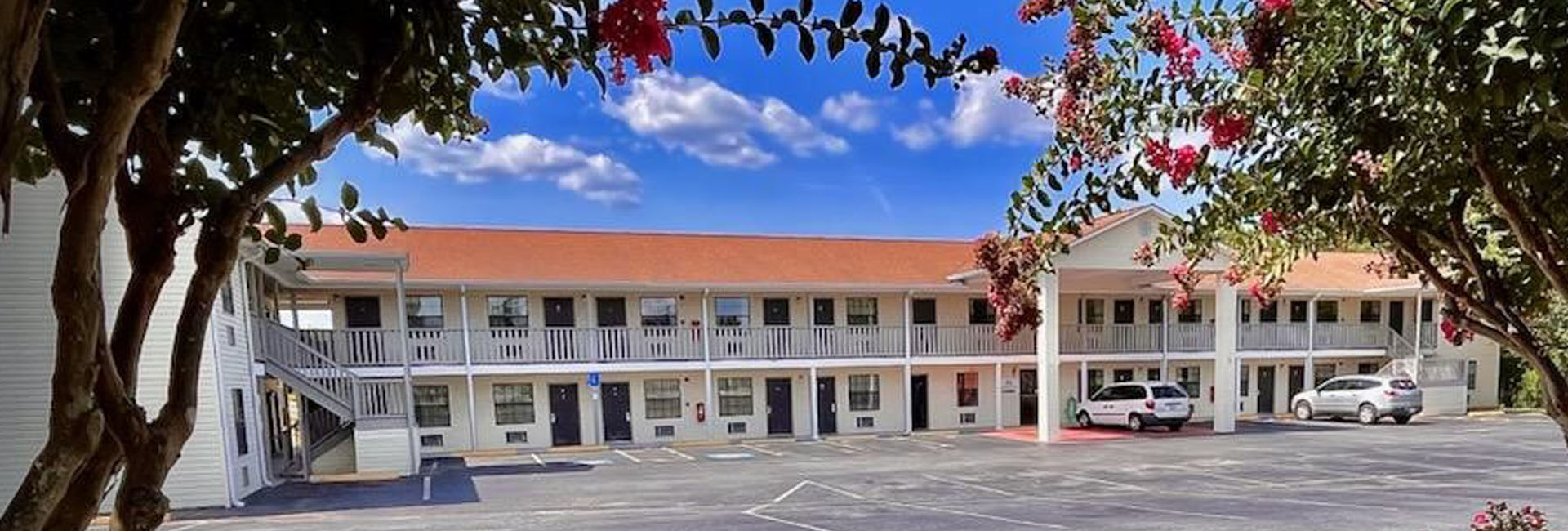

After the Austro-Hungarian Compromise of 1867, Slavonia became part of the Hungarian part of the realm, and a year later it became part of the Kingdom of Croatia-Slavonia. In 1699, after the Great Turkish War of 1683–1699, the Treaty of Karlowitz transferred Slavonia to the Habsburgs. The Ottoman conquest of Slavonia took place between 15.

It became part of the Lands of the Hungarian Crown in the 12th century. It was later incorporated into the Kingdom of Croatia after its decline, the kingdom was ruled through a personal union with Hungary.

Slavonia enjoys a moderate continental climate with relatively low precipitation.Īfter the fall of the Western Roman Empire, which ruled the area of modern-day Slavonia until the 5th century, Ostrogoths and Lombards controlled the area before the arrival of Avars and Slavs, when the Principality of Lower Pannonia was established in the 7th century. In the west, the region consists of the Sava and Drava valleys and the mountains surrounding the Požega Valley, and plains in the east. Slavonia is located in the Pannonian Basin, largely bordered by the Danube, Drava, and Sava rivers. The largest city in the region is Osijek, followed by Slavonski Brod and Vinkovci. The counties cover 12,556 square kilometres (4,848 square miles) or 22.2% of Croatia, inhabited by 806,192-18.8% of Croatia's population. Taking up the east of the country, it roughly corresponds with five Croatian counties: Brod-Posavina, Osijek-Baranja, Požega-Slavonia, Virovitica-Podravina, and Vukovar-Syrmia, although the territory of the counties includes Baranya, and the definition of the western extent of Slavonia as a region varies. Slavonia ( / s l ə ˈ v oʊ n i ə/ Croatian: Slavonija) is, with Dalmatia, Croatia proper, and Istria, one of the four historical regions of Croatia.


 0 kommentar(er)
0 kommentar(er)
